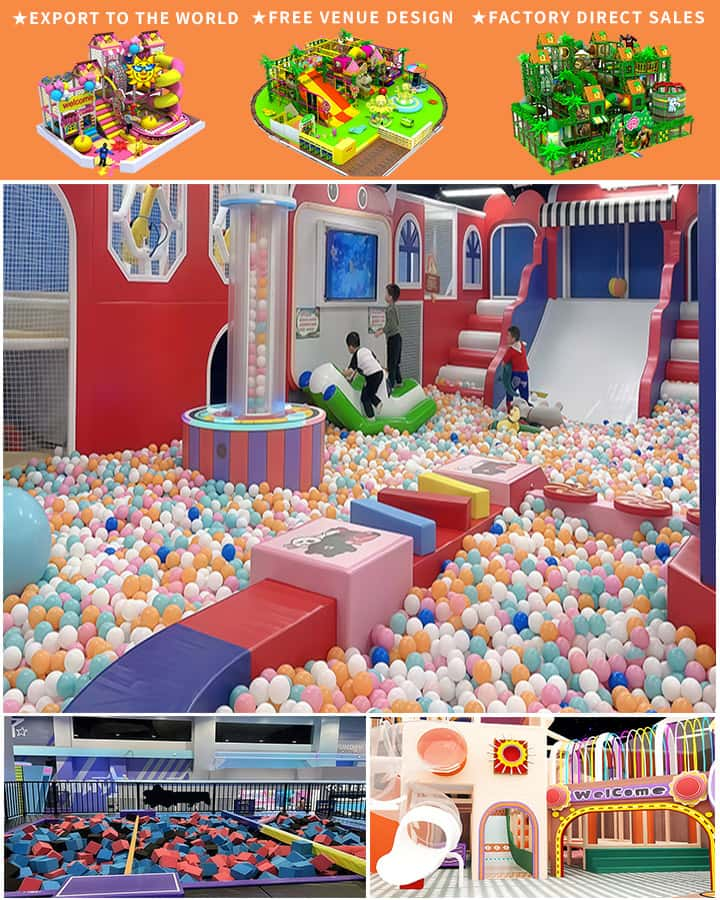Creating an engaging and safe outdoor playground for kids is a rewarding project that can bring joy and excitement to children while promoting their physical and social development. Whether you are designing a playground for your backyard, a community park, or a school, this ultimate guide will help you create a space where kids can explore, play, and learn.
1. Safety First: Essential Considerations
When planning an outdoor playground, safety should always be the top priority. Ensure that the playground is equipped with soft surfaces like rubber mats, wood chips, or sand to cushion falls. Equipment should meet safety standards and be age-appropriate to prevent injuries. Regular maintenance checks are essential to keep the playground safe and in good condition.
2. Designing the Layout
The layout of the playground should encourage free play and exploration. Incorporate various zones, such as a climbing area, slides, swings, and a sandbox, to cater to different interests and age groups. Use natural elements like trees, grassy areas, and water features to blend the playground into the environment, creating a more immersive experience.
3. Choosing Play Equipment

Selecting the right mix of play equipment is crucial. For younger kids, consider items like small slides, seesaws, and low-height climbers. Older kids might enjoy more challenging structures like tall slides, monkey bars, and zip lines. Don’t forget to include inclusive play equipment that accommodates children with different abilities.
4. Eco-friendly Features
Incorporating eco-friendly features not only benefits the environment but also enhances the learning experience. Use recycled materials for playground structures, install solar-powered lights, and plant native trees and shrubs around the playground. These elements can provide shade and a touch of nature.
5. Interactive Elements
Add interactive elements like musical instruments, chalkboard walls, and water tables to stimulate creativity and sensory exploration. These features encourage cooperative play and can turn ordinary days into extraordinary adventures.
6. Community Involvement
Engage the local community in the planning process. Conduct surveys, hold meetings, and invite feedback from parents, teachers, and kids themselves. This involvement ensures that the playground meets the needs and preferences of its primary users and fosters a sense of ownership and pride within the community.
7. Maintenance and Upkeep
A well-maintained playground remains enjoyable and safe over time. Establish a regular maintenance schedule to inspect and repair equipment, replenish materials like wood chips or sand, and clean the area to prevent dirt and debris buildup. Proper upkeep extends the life of the playground and keeps it looking fresh and inviting.
8. Funding Your Playground Project
Securing funding for your playground project can be a challenge but there are several strategies to consider. Apply for grants from local government programs, seek donations from local businesses, and organize fundraising events like charity runs or bake sales. Crowdfunding platforms can also be an effective way to gather financial support.
Conclusion
Creating an outdoor kids’ playground is not just about providing a place for play; it’s about building a space where children can grow, learn, and make memories. By prioritizing safety, incorporating diverse play elements, considering environmental impact, and involving the community, you can create a playground that offers endless fun and developmental opportunities for kids of all ages. So roll up your sleeves, get creative, and let the adventure begin!




